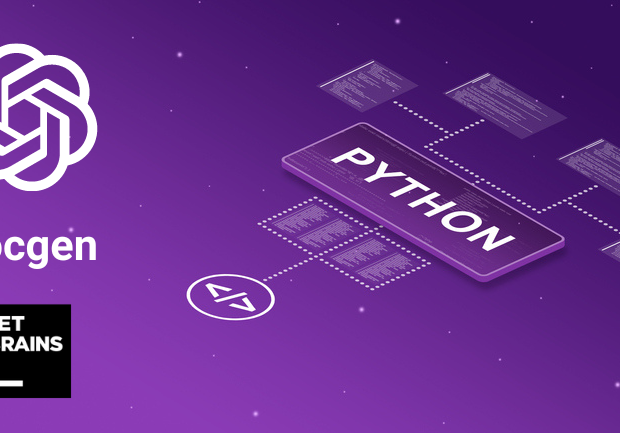Notiondipity: What I learned about browser extension development
Posted 2 weeks ago by Milos Svana
Me and many of my colleagues at profiq use Notion for note-taking and work organization. Our workspaces contain a lot of knowledge about our work, plans, or the articles or books we read. At some point, a thought came to my mind: couldn’t we use all this knowledge to come up with project ideas suited to our skills and interests?



